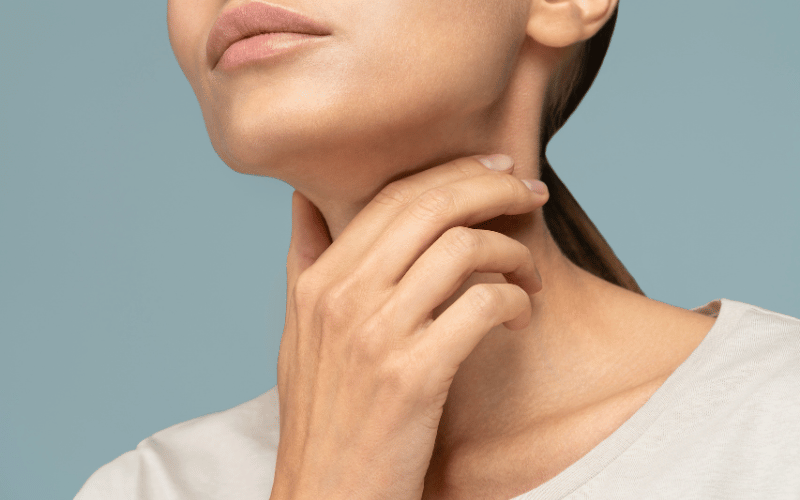Symptom 8: Skin Changes

Skin changes, particularly the development of acanthosis nigricans, are significant indicators of prediabetes in women. Acanthosis nigricans is characterized by dark, velvety patches of skin, typically found in body folds and creases such as the neck, armpits, and groin. These changes can be an early warning sign of insulin resistance, a condition where the body’s cells do not respond effectively to insulin, leading to elevated blood sugar levels. Insulin resistance is a key component of prediabetes and is closely linked to obesity, another significant risk factor for developing type 2 diabetes.
Acanthosis nigricans is not just a skin condition but a dermatological manifestation of underlying metabolic issues. The exact mechanism is believed to involve insulin spillover into the skin. When insulin levels are high, as in the case of insulin resistance, excess insulin can stimulate skin cells, leading to the characteristic changes. These changes are more than cosmetic concerns; they are a physical sign that the body is having trouble processing sugar, which can be a precursor to more serious health issues.
Regular self-examination of the skin is important for early detection of prediabetes. Women should look for changes in the texture and color of their skin, especially in areas where skin folds. Early signs may include slight darkening and thickening of the skin that feels softer or more velvety than the surrounding areas. Over time, these patches may become more pronounced and darker. It’s important to monitor these changes over time, as they can provide valuable information about the body’s insulin sensitivity and overall metabolic health.
Lifestyle changes can play a significant role in managing and even reversing skin changes associated with prediabetes. A healthy diet low in processed foods and sugars, combined with regular exercise, can improve insulin sensitivity and may lead to a reduction in skin changes. Weight loss, in particular, has been shown to have a positive effect on insulin resistance and can significantly improve symptoms of acanthosis nigricans.
If skin changes such as acanthosis nigricans are observed, it is important to seek medical advice. A healthcare provider can evaluate these changes in the context of overall health and screen for prediabetes or diabetes if necessary. They may also provide referrals to a dermatologist for specialized treatment of the skin condition and offer guidance on lifestyle modifications to manage insulin resistance. (8)